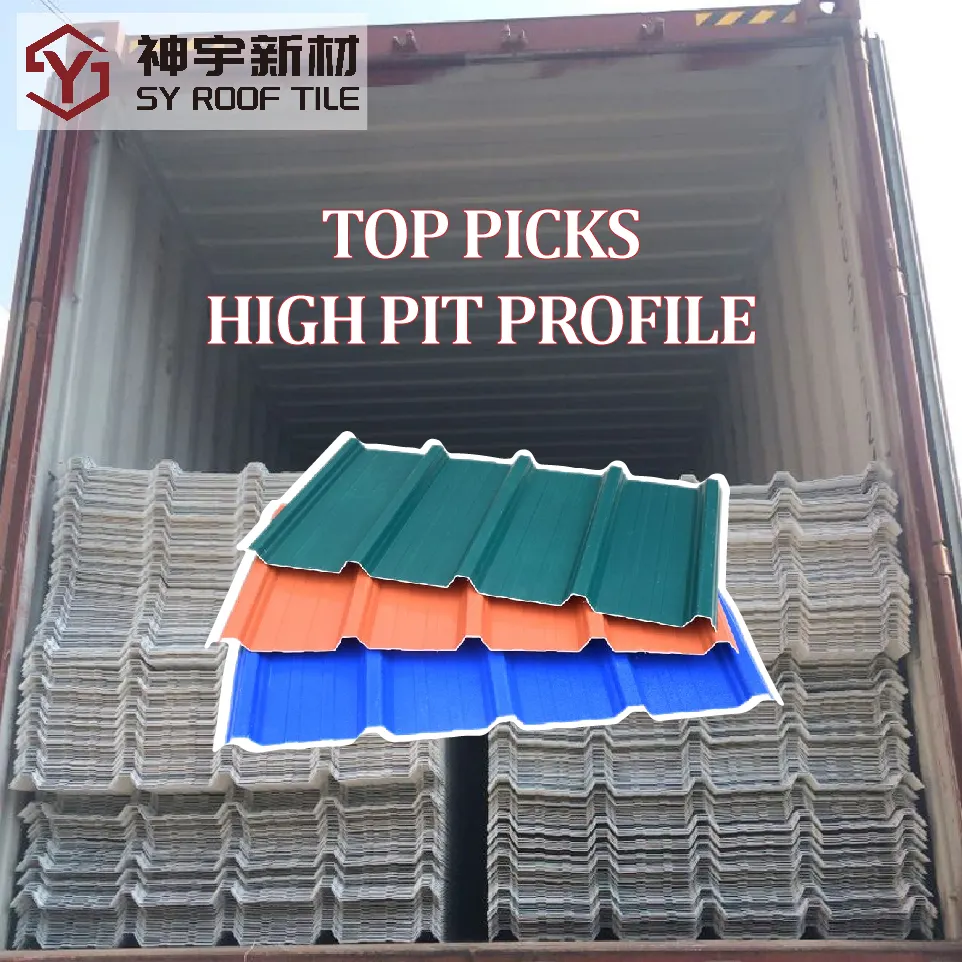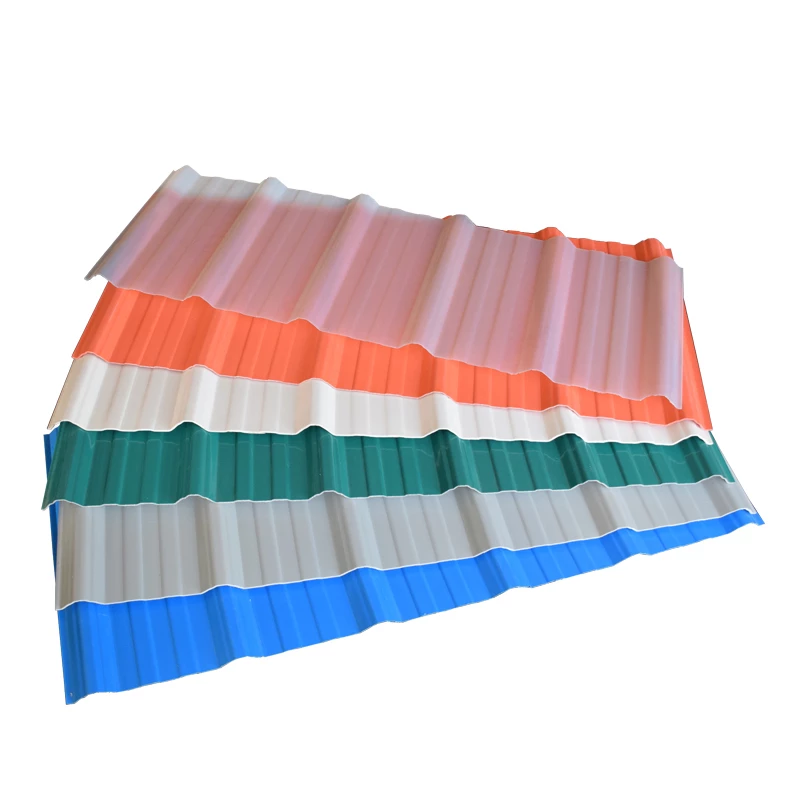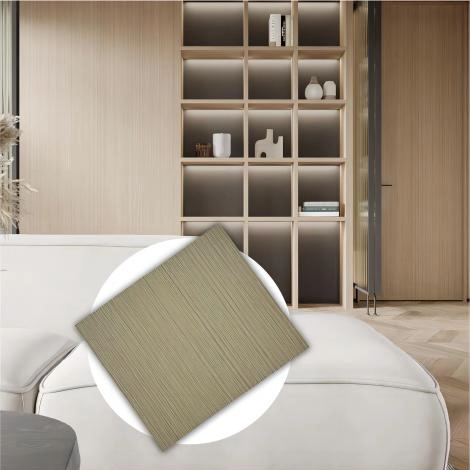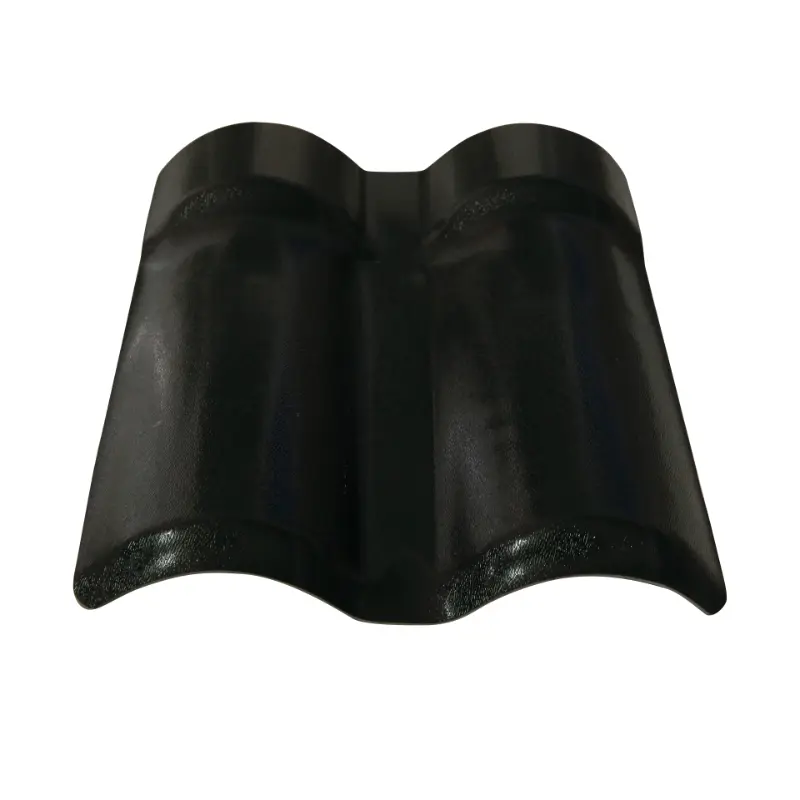How to Install ASA/ PVC Roof Sheets?
 Mar 18,2025
Mar 18,2025

 Shenyu
Shenyu
PVC roof sheetsPVC roof sheets, known for their lightweight, waterproof, fire-resistant, earthquake-proof, and wind-resistant properties, are a versatile choice for various roofing structures. Whether it’s cast-in-place concrete slopes, wooden slopes, or steel-framed slopes, PVC roof sheets offer reliable and long-lasting protection for both new construction and renovation projects.
Keep reading to discover the essential steps and tips for a successful PVC roof sheet installation!
Step 1: Gather Tools and Materials
Tools: Drill, screws, measuring tape, saw, screwdriver, safety gear (gloves, goggles), ladder, and sealant gun.
Materials: PVC roof sheets, screws with rubber washers, sealant, underlayment (if needed), and ridge caps.
Step 2: Prepare the Roof Surface
Inspect the Roof Frame: Ensure the roof frame is sturdy, level, and free from damage.
Install Underlayment (Optional): If required, lay a waterproof underlayment to provide extra protection against moisture.
Measure and Plan: Measure the roof area and plan the layout of the PVC sheets to minimize cutting and ensure proper alignment.
Step 3: Install the PVC Roof Sheets
Start at the Eave: Begin installing the sheets from the bottom edge (eave) of the roof, working your way up to the ridge.
Overlap Sheets: Overlap each sheet by at least 150mm (6 inches) to prevent water leakage. Ensure the overlap follows the direction of water flow.
Secure the Sheets: Use screws with rubber washers to fix the sheets to the roof frame. Place screws at the crest of the corrugations or trapezoidal profile, not in the troughs, to avoid water pooling.
Spacing: Space screws approximately 300mm (12 inches) apart along the edges and 500mm (20 inches) in the middle of the sheet.
Step 4: Seal Joints and Edges
Apply Sealant: Use a high-quality PVC-compatible sealant on overlapping edges, joints, and around screws to ensure a watertight seal.
Install Ridge Caps: Cover the ridge with PVC ridge caps and secure them with screws. Seal the edges to prevent water ingress.
Step 5: Finishing Touches
Trim Excess Material: Cut any overhanging sheets to ensure a neat finish.
Inspect the Installation: Check for gaps, loose screws, or areas that may need additional sealing.
Clean the Roof: Remove any debris or dust from the installation process.
Tips for Success
Work in Good Weather: Avoid installing PVC sheets in extreme heat, cold, or wet conditions.
Follow Manufacturer Guidelines: Always refer to the manufacturer’s instructions for specific installation requirements.
Safety First: Use proper safety gear and work with a partner if possible.
Notice of PVC Roof Sheet Installation
-Prevent Excessive Curving: Avoid over-curving UPVC roof tiles to prevent damage.
-Account for Thermal Expansion: UPVC roof tiles expand and contract differently from steel tiles. Ensure adequate space is reserved for expansion and pay attention to the embedding depth to avoid deformation or breakage.
-Use Recommended Fasteners: During installation, use dedicated self-tapping screws and compression codes. At tile cornices, ensure the compression code is securely pressed.
-Seal Properly: Use neutral glass glue and suitable gasket materials to prevent water leakage.
Installation Guidelines for PVC Corrugated Sheets
Purlin Spacing Requirements
- Thickness ≤ 1.3mm: Purlin spacing for sloped roofs ≤ 600mm, for arched roofs ≤ 800mm.
- 1.3mm < Thickness ≤ 1.8mm: Purlin spacing for sloped roofs ≤ 800mm, for arched roofs ≤ 900mm.
- 1.8mm < Thickness ≤ 3.0mm: Purlin spacing for sloped roofs ≤ 900mm, for arched roofs ≤ 1000mm.
Overlapping Requirements
- Lateral overlap for medium-wave and small trapezoidal wave sheets must cover at least 2 corrugations.
- Longitudinal overlap must be greater than 300mm.
Fixing Requirements
- When using self-drilling screws, pre-drilling is required, and the drilled hole diameter should be 2~3mm larger than the screw diameter to accommodate thermal expansion and contraction.
Precautions
- Purlin spacing is influenced by operating temperature. Higher temperatures require smaller purlin spacing to prevent sheet deformation due to thermal expansion.
Following these installation guidelines will ensure the stability and longevity of PVC corrugated sheets. For specific construction needs, please consult a professional technician, such as SYrooftile (we are a one stop roofing sheet factory).
 +86 13924808361
+86 13924808361 sales01@syrooftile.com
sales01@syrooftile.com



 Home
Home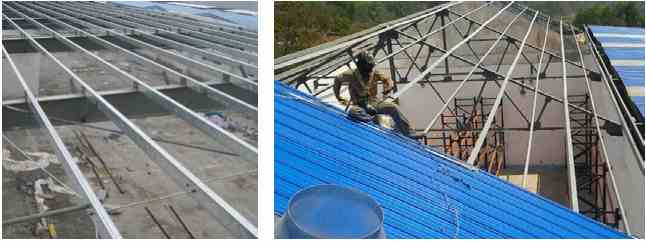
 The Ultimate Guide to ASA Synthetic Resin Roof Tile: Your Ideal Roofing Solution
The Ultimate Guide to ASA Synthetic Resin Roof Tile: Your Ideal Roofing Solution 


